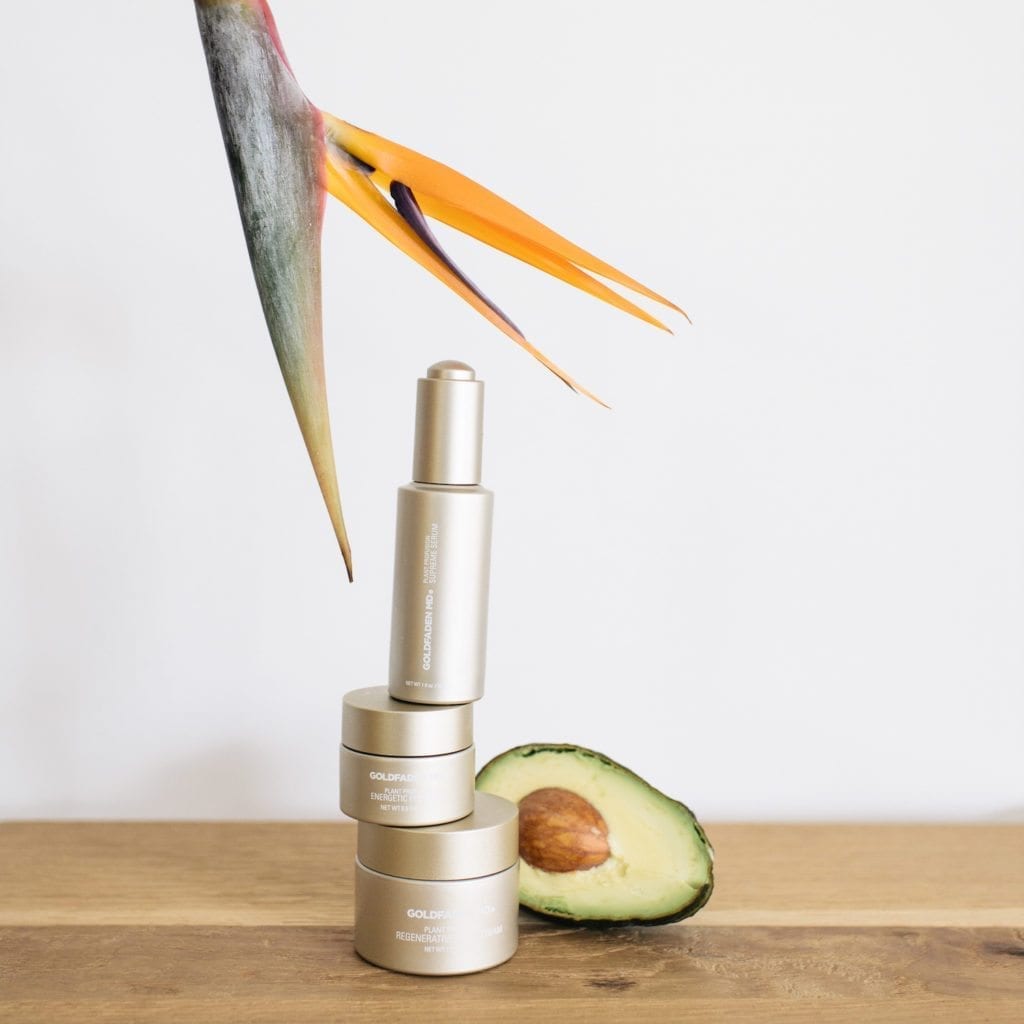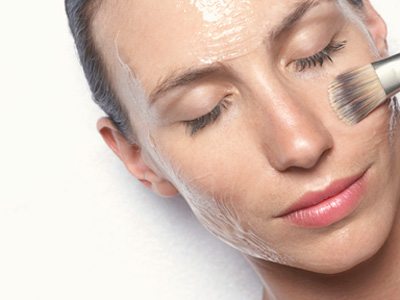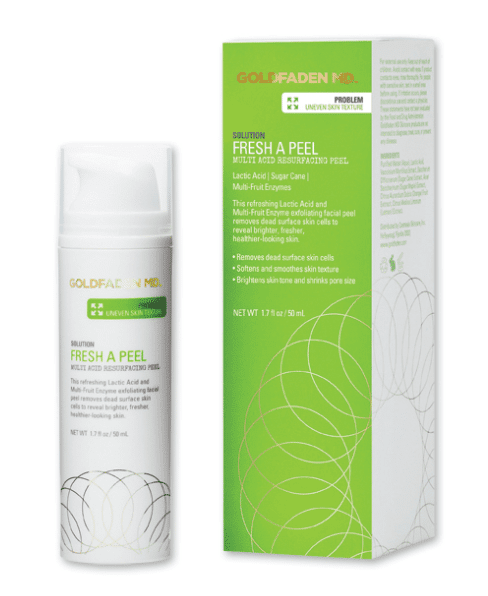With the passing of the autumn equinox, for those of us in the Northern Hemisphere, dark nights will become more familiar than sunlight in the coming months. But by switching on the power of hydration, your skin doesn’t have to follow suit. Instead, help it glow with radiance—and guard it from the unforgiving winter weather—by introducing some high-performing, superhero products that work while you sleep. This season, it’s all about repair, repair, repair, and protect.

Goldfaden MD’s most powerful hydrators can be found in the Plant Profusion collection, which makes use of potent natural ingredients that you won’t find while browsing products at your typical, go-to beauty counter. Extracts from the white bird of paradise (not to worry, no animals were harmed—it’s the plant with banana-like leaves native to South Africa), garden cress, Butcher’s-broom; even raspberry and comfrey stem cells.
The powerhouse secret in Plant Profusion Supreme Serum? Japonica flower extract, which helps bring back skin to its youthful prime. “One of the most important medicinal herbs in history, it provides extraordinary levels of anti-inflammatory, anti-bacterial and calming properties for the skin. Loaded with regenerative properties to deliver the appearance of repaired skin,” explains Dr. Goldfaden.
The oil-free serum works in synergy with the super hydrating Plant Profusion Regenerative Night Cream, a must for mature skin (but for those with very oily skin, try out the serum on its own first). If you’ve been used to applying the same light moisturizer in the AM and PM all summer, there are more than a few reasons why you’d want to swap in a more hardworking SPF-free cream while you snooze. For the 6-8 hours you’re in bed, your skin fully absorbs the hydration and active ingredients (aka you’re not sweating it off by the time you arrive at the office, or mixing in city grime from the polluted air). Melatonin levels rise at night, which also helps fight free radicals (there’s always more strength in numbers). Many night creams contain higher levels of retinoids or lightening agents that increase skin sensitivity when exposed to the sun—so it’s best to use them at home, in bed, away from UV exposure. Goldfaden MD’s Plant Profusion Regenerative Night Cream calms, soothes and hydrates—blending into the skin almost immediately, with no strong scent at all, a sheer difference from other night creams that are typically super greasy or chokingly thick.
Other routine changes to check off: transition out of aggressive scrubs and exfoliators—put that brush away!—and try something lighter. Goldfaden MD’s non-irritating Lactic and Multi-Fruit Enzyme exfoliating facial peel, Fresh A Peel, will remove the dead surface skin cells to soften and smooth out texture. Keep eating a diet rich in omega-3 fatty acids, and fruits and veggies, to stay hydrated from within. And never stop drinking water!




